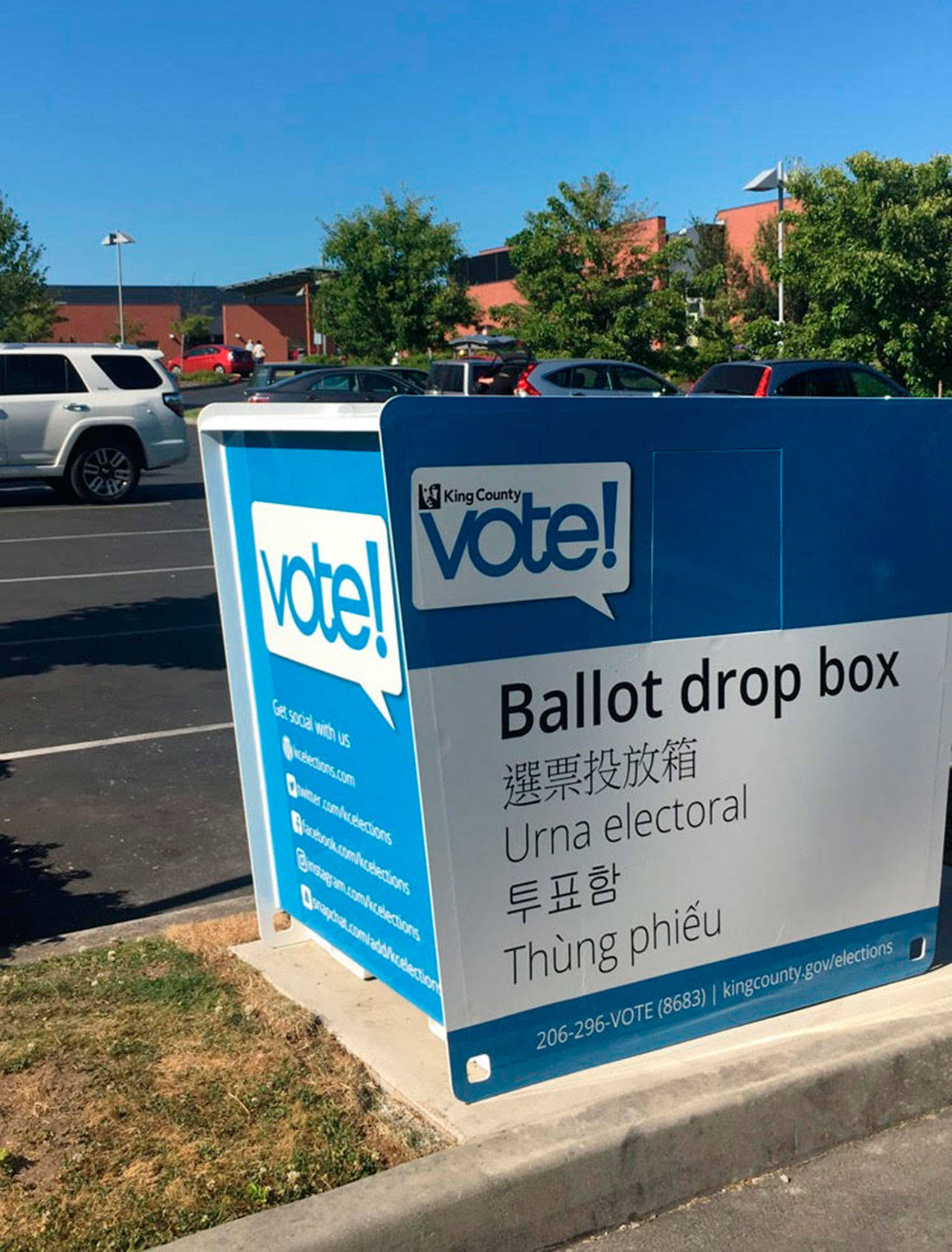Next month, Mercer Islanders will vote on an educational maintenance and operations levy that will keep the school district’s budget steady as state-enacted education funding changes go into effect next year.
Ballots will be mailed on Jan. 24 and must be postmarked by Feb. 13. The ballot drop box at the Mercer Island Community and Event Center, 8236 SE 24th St., will be open until 8 p.m. on election day.
If approved with a simple majority, the replacement levy would collect between $11.75 million and $12.75 million per year from 2019 to 2022 for educational programs and services beyond the state’s definition of basic education. It will continue to fund 20 percent of the Mercer Island School District general fund, including 38 percent of special education funding.
MISD Superintendent Donna Colosky said that the state of Washington funds schools using a prototypical model based on the number of staff needed. In response to the state Supreme Court’s McCleary decision, the state is increasing its share of funding for basic education, and taking more responsibility for teachers’ salaries, by hiking property taxes.
Colosky said that the ruling may have created a “misconception that levies can go away.”
But the current state budget will not pay the full cost of special education or many Mercer Island school programs, including the seven-period day at the high school, music, art, PE and Spanish in the elementary schools, or expanded electives at the high school and middle school, according to a fact sheet from the district.
Under a new law passed by the Legislature this year, use of local levy dollars are limited to enrichments — the programs, activities and staffing beyond the basic state apportionment that are funded through local efforts, which includes the levy, foundation, PTA, and other grants, donations and contributions.
Colosky said that Mercer Island goes “above and beyond” what the state defines as “basic education.” It relies on local funding to do so.
According to the Yes MI Schools campaign run by the Committee for Mercer Island Public Schools (CMIPS), the aggregate funding level per Island student is $10,451, which is about average compared to other districts in the state (143rd out of 295 districts). Local funding is critical, as Mercer Island receives $5,814 per student from the state (282 out of 295).
Islanders have been supportive of levies; none have failed in recent history, according to the committee. The levy on the ballot this year replaces one that passed in 2014 with about 77 percent of the vote. It is not a new tax.
The levy collects $1 per $1,000 of assessed value, and the actual amount collected from residents is based on the number of students enrolled and the amount, per student, allowed by the state. Currently, MISD is allowed to collect $2,500 per student.
With local funds, the district has also been able to provide smaller class sizes for focused sections for struggling students or in specific areas; ongoing professional development opportunities for staff; stipends for staff to offer additional opportunities for students, including after-school clubs and activities at all grade levels; enhanced library collections; online learning programs; and paraprofessional support in classrooms with overloads, additional special education students or English Language Learners, as well as student supervision and safety.
For more information on the levy, contact Ty Bergstrom, executive director of finance, at tyrell.bergstrom@mercerislandschools.org, or go to yesmischools.org.


